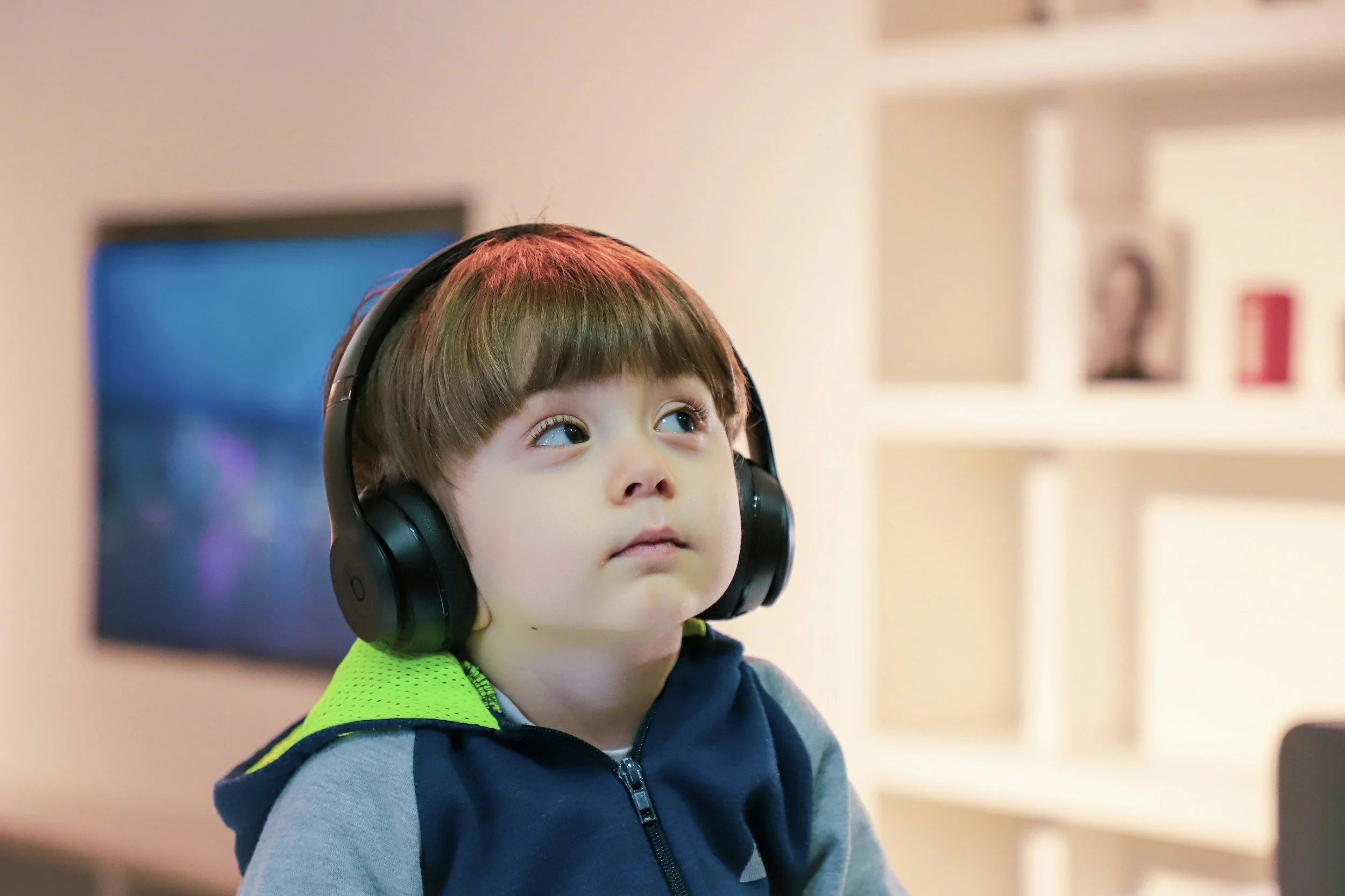How to Create a Sensory-Friendly Holiday Season for Your Child
The holiday season is filled with excitement — twinkling lights, family gatherings, new foods, and special traditions. While these moments can bring joy and togetherness, they can also be overwhelming for children with sensory sensitivities. Bright lights, loud noises, new textures, and changes in routine can quickly lead to stress or overstimulation.
The good news is that with a bit of preparation and flexibility, families can create an environment where every child feels calm, comfortable, and included. Here are five practical, sensory-friendly strategies to make this holiday season peaceful and joyful for your whole family.
1. Keep Routines as Consistent as Possible
Children thrive on predictability and structure — it helps them feel safe and grounded. During the holidays, schedules often shift with late-night events, travel, and visiting relatives, which can easily disrupt their rhythm. Whenever possible, try to keep the core parts of your child’s day (mealtimes, naps, bedtime routines) the same.
If you know that routines will change, prepare your child ahead of time. Talk through what’s coming up using a visual schedule or a social story — simple tools that show what to expect. For example:
“On Thursday, we’ll go to Grandma’s house for dinner. We’ll bring your favorite blanket, and after we eat, we can play a game before heading home.”
You can even practice parts of the day in advance, like greeting family members or trying new foods in a low-stress setting. Small steps and visual reminders can go a long way in helping your child feel ready and confident.
2. Create a “Calm Corner” or Retreat Space
The holidays can be filled with extra people, sounds, and activity — all of which can be exciting but also overstimulating. Having a designated quiet space gives your child a predictable retreat when things feel “too much.”
This space might be a bedroom, a small tent, or even a corner with dim lighting, soft textures, and familiar items like:
Noise-canceling headphones
Weighted blankets or lap pads
Fidget toys or sensory bins
Favorite books or stuffed animals
You can explain to your child that this area is their “calm corner” — a safe place to rest and recharge, not a punishment. Encourage them to use it freely during gatherings or when traveling. Let family members know this space is off-limits when your child needs it.
3. Use Movement to Regulate
Movement is one of the best tools to help regulate a child’s sensory system. It supports focus, reduces anxiety, and helps the body release built-up energy — especially during long meals, car rides, or events where sitting still is expected.
Before or between activities, build in movement breaks to keep your child’s sensory system balanced. You might try:
Pushing or carrying something heavy (like grocery bags, wrapped gifts, or laundry baskets)
Jumping on a mini-trampoline or doing “reindeer hops”
Dancing to a favorite holiday song
Stretching or trying themed “holiday yoga” poses (like “candy cane stretch” or “snow angel arms”)
Taking a quick walk outside for fresh air and quiet
Movement can be fun, festive, and family-inclusive — invite everyone to join for a quick dance break or game to reset energy levels before returning to quieter moments.
4. Adjust the Environment, Not Just the Expectation
It’s easy to hope our child will simply “get used to” noisy parties or bright lights, but the reality is that sensory sensitivities don’t disappear under pressure — and forcing tolerance can backfire. Instead, adapt the environment to meet your child’s sensory needs whenever possible.
Small adjustments can make a big impact:
Control noise levels: Lower background music or turn it off during meals. Bring headphones or earplugs to crowded gatherings. Arrive early or later to avoid peak crowds.
Be mindful with decorations: Flashing lights, glittery surfaces, or strong candle scents can overwhelm sensitive systems. Opt for soft lighting, natural scents, and decorations your child enjoys touching or looking at.
Dress for comfort: Choose breathable, tag-free, or familiar fabrics — holiday-themed pajamas can be just as festive as formal wear.
Ease into traditions: If your child struggles with large gatherings, start small. Visit a relative’s home for a short time, or host a smaller get-together in your own space where your child feels most at ease.
The goal isn’t to avoid the holidays — it’s to create conditions that help your child participate successfully and feel included in ways that match their comfort level.
5. Focus on Connection, Not Perfection
It’s easy to get caught up in expectations of the “perfect” holiday — elaborate meals, coordinated outfits, full participation in every event. But what matters most is not perfection — it’s connection.
Maybe your child only lasts 30 minutes at a big family dinner, or they prefer watching the tree lighting from the car instead of the crowd. That’s okay. Celebrate the small wins and moments of joy that are meaningful for your child — even if they look a little different from traditional norms.
Take photos of the smiles, not the meltdowns. Pause to notice the laughter, the snuggles, or the quiet moments that show your child’s genuine engagement. These are the memories that truly matter.
By planning ahead, staying flexible, and prioritizing your child’s comfort and connection, you can create a holiday season that feels joyful, balanced, and inclusive for your entire family.
Does your child need extra support this holiday season? Laearn more below.




